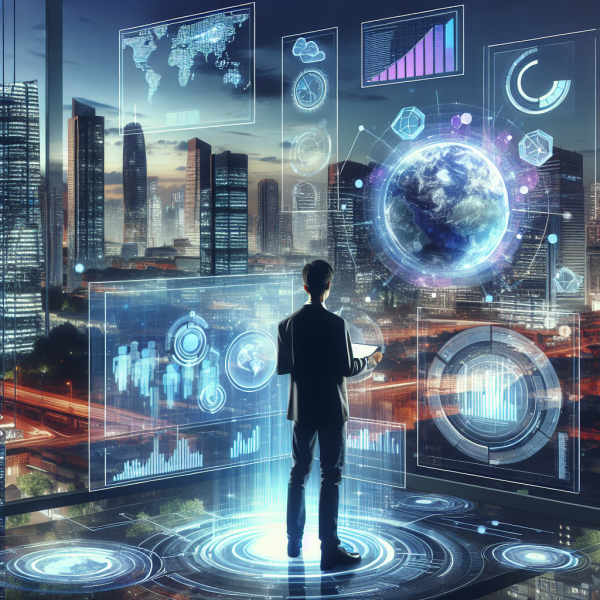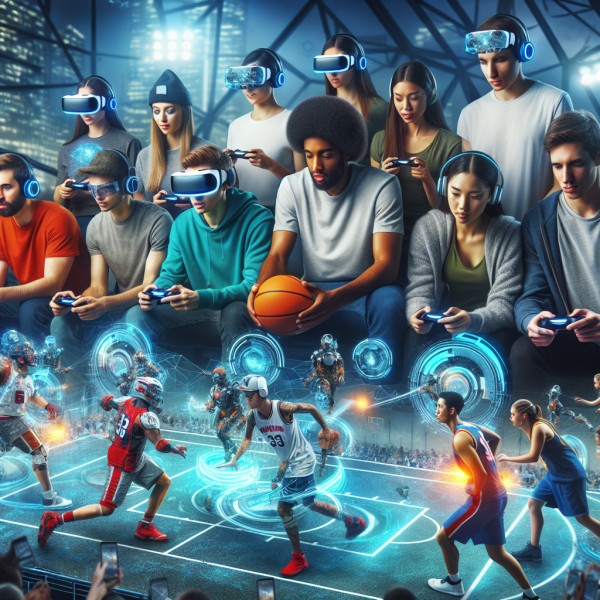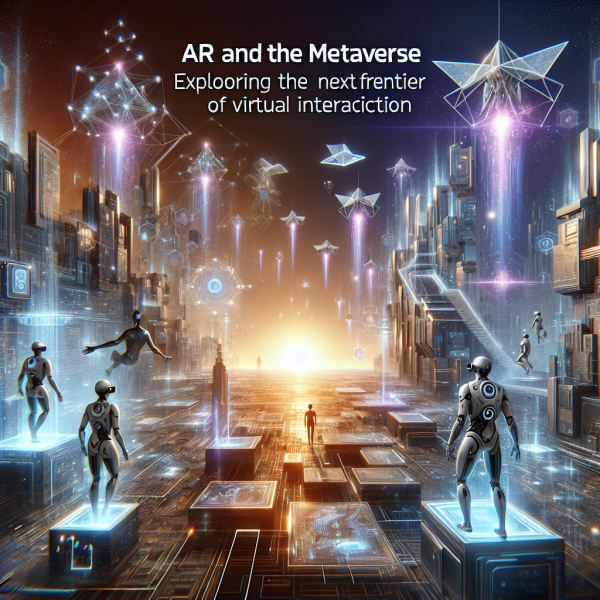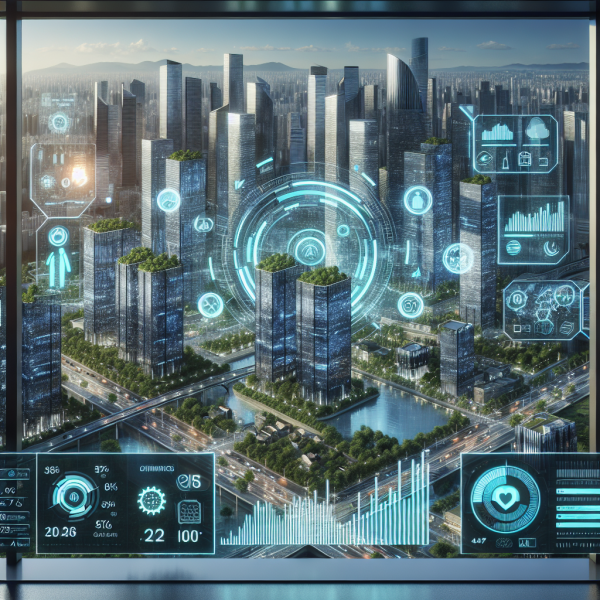5G and IoT: A Perfect Pairing for Future-Ready Connectivity
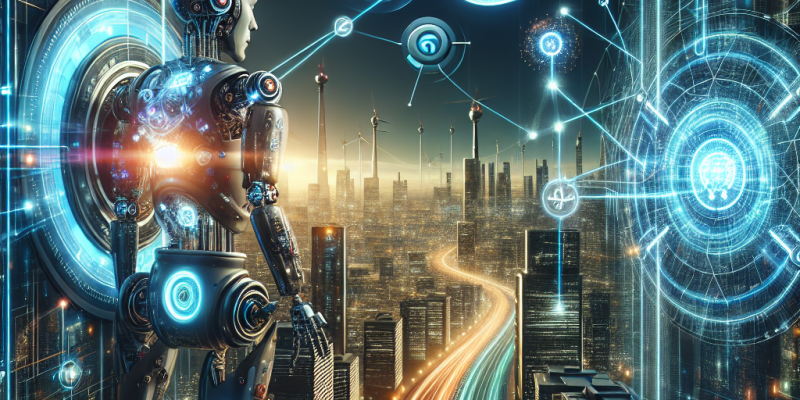
5G and IoT: A Perfect Pairing for Future-Ready Connectivity
The dawn of the fifth generation of wireless technology, commonly known as 5G, marks a significant leap forward in connectivity, speed, and reliability. When combined with the Internet of Things (IoT)—which encompasses a vast network of interconnected devices communicating and exchanging data—5G creates the foundation for a future defined by seamless connectivity, enhanced efficiency, and unprecedented innovation. Together, these technologies are not just a perfect pairing; they represent a pivotal shift in how we interact with the world around us.
The Rise of 5G
5G technology promises to revolutionize mobile connectivity. With faster data speeds, lower latency, and increased capacity compared to its predecessor, 4G, 5G networks can support a staggering number of devices simultaneously. This is particularly important as the number of IoT devices continues to grow exponentially, forecasted to reach billions in the coming years.
Key features of 5G include:
-
High Speeds: 5G can achieve speeds of up to 10 Gbps, dwarfing 4G’s maximum throughput. This is essential for applications that require real-time data processing, such as remote surgeries or autonomous vehicles.
-
Low Latency: With latency as low as 1 millisecond, 5G networks are optimized for critical applications where every millisecond matters, such as industrial automation and smart city solutions.
- Massive Connectivity: 5G can manage up to one million devices per square kilometer, making it ideal for densely populated urban areas and industrial settings where a high concentration of IoT devices is expected.
The Expanding Universe of IoT
IoT refers to a network of physical devices that connect, collect, and exchange data through the internet. These devices range from everyday consumer products like smart thermostats and wearable fitness trackers to advanced industrial sensors and smart city infrastructure. The IoT landscape is rapidly expanding, with estimates suggesting that by 2030, there could be over 30 billion connected devices.
The combination of IoT and 5G enables the following advancements:
-
Smart Cities: 5G can facilitate the deployment of smart infrastructure such as connected traffic lamps, public transportation systems, and environmental sensors, enhancing urban living through improved traffic management, energy efficiency, and public safety.
-
Industry 4.0: Manufacturing and industrial sectors are undergoing a dramatic transformation with IoT sensors and 5G connectivity. Real-time data analysis from machinery can improve supply chain management, predictive maintenance, and operational efficiency.
-
Healthcare Innovations: The healthcare sector is poised to benefit immensely from 5G-enabled IoT applications. From telemedicine to wearable health devices that monitor patient vitals in real time, the combination can lead to improved patient outcomes and streamlined healthcare services.
-
Agricultural Advancements: Smart farming solutions powered by IoT devices, such as soil moisture sensors and drone technology, can regenerate yields and optimize resource usage. 5G connectivity allows farmers to monitor their crops in real-time, facilitating data-driven decisions.
- Enhanced Consumer Experiences: The collision of 5G and IoT will transform the consumer experience by enabling smart homes and personalized services. Appliances that communicate with each other can lead to increased convenience, energy savings, and better living standards.
Challenges and Considerations
While the synergy between 5G and IoT is promising, challenges persist. The rollout of 5G infrastructure requires significant investment and coordination among government entities, telecom providers, and industry stakeholders. Additionally, as the number of connected IoT devices grows, concerns around data security and privacy become paramount. Robust security protocols and standards will be necessary to safeguard sensitive data and maintain public trust.
Conclusion
5G and IoT are undeniably a perfect pairing, propelling us into an era of unparalleled connectivity and innovation. As we harness the power of these technologies, industries will evolve, cities will become smarter, and daily life will be transformed. Addressing the challenges while embracing the opportunities will be crucial in realizing a future-ready world where connectivity enhances productivity, sustainability, and overall quality of life.
With this powerful duo, the future is not just on the horizon; it is here, redefining how we interact with technology, each other, and the world around us. As society adapts to this new paradigm, one thing is clear: connectivity is the backbone of progress.

